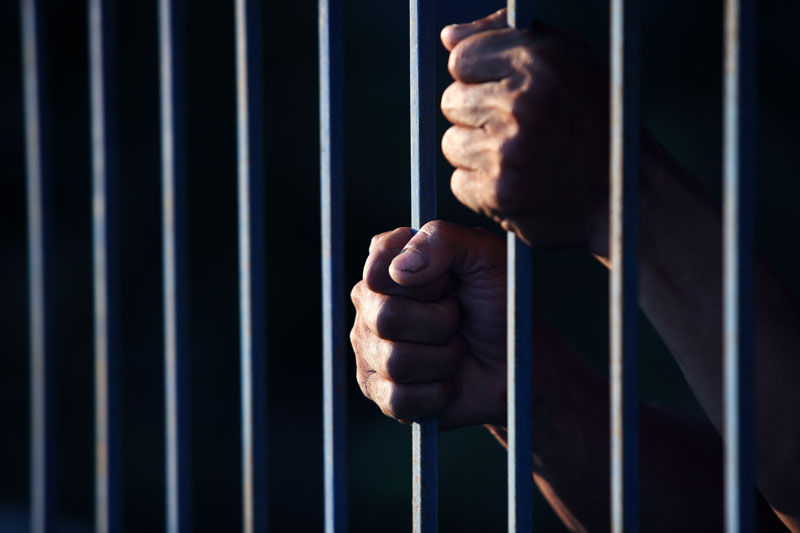The Impact of Drugs in the Criminal Justice System
In 1980, less than 25,000 people were in prison serving time for breaking laws involving drugs. Since then, that number has grown substantially. In 2015, the number of people serving time for law violation involving drugs was over ten times higher than the amount in 1980. Not only is the amount of inmates increasing, but their time being served is increasing as well. According to the Prison Policy Initiative, about one in every five people currently being incarcerated is serving time for some sort of drug offense, which includes drugs like marijuana, cocaine, and opioids.
About half of all drug arrests are related to marijuana. According to the American Civil Liberties Union, law enforcement in relation to marijuana alone cost the United States close to 3.6 billion dollars in 2010. Not only does incarceration due to marijuana offenses cost an exorbitant amount of money, but the arrests are biased against African-Americans. African-Americans are 3.7 times more likely to be arrested for marijuana possession than white users. Even if the cost was lower for law enforcement involving marijuana, it would not change the fact that arrests are often made for possession rather than selling. It is particularly obvious that this is a huge waste of money when one considers that nine states have already legalized marijuana for recreational use, and twenty-two have legalized it for medical use. Regardless of one’s views on marijuana, if law enforcement does not go straight to the dealer, the money spent seems pointless.
While incarceration due to marijuana offenses is a large part of the problem, “harder” drugs also contribute. Cocaine is the second most used drug that results in incarceration. According to the Drug Policy Alliance, it has become much easier to obtain since 1980. Many inmates serving time for offenses related to cocaine are also addicted to the substance, and incarceration usually does not change this. People often argue that if a user is in prison, they cannot continue their use of the drug and will not be addicted when they exit. However, many drugs can be easily found in prison.
Contrary to what most believe, prisons are full of drugs. These drugs are often brought in by prison guards, or smuggled in by visitors. They include cocaine, heroin, and opioids, all of which are addictive and lead to harsh withdrawal symptoms. All of this contradicts the idea that prison will end a person’s addiction. In fact, the addiction will likely grow if an inmate is serving a relatively long sentence. If drugs are easily accessible, what would stop an inmate from continuing their use? Drug addiction is recognized as a mental illness, and it should be treated accordingly.
Since addiction is a mental illness, treatment should take precedence over punishment. This seems fairly reasonable, but, in 2010, a CASAColumbia report found that less than 11 percent of inmates serving time for drug-related crimes are even offered treatment. In the criminal justice system, punishment is often considered more important than treatment. Since inmates are not given treatment, their addiction is unlikely to end in prison, and they will not stop their use of the drug once released. Even if treatment was offered, drugs would still be present. Considering all of this, the best option would be mandatory treatment away from prison. Ideally, with this option, drugs would not be present at all. Treatment would become more important than punishment, and would likely reduce the number of people addicted to drugs. This goes straight to the “root” of the problem and could save the US a huge amount of money over time.
Overall, the criminal justice system is far from perfect. There are flaws in every aspect of it, and drug-related crimes are just one area that is severely flawed. The US spends billions of dollars every year to control a drug that is already legal in other countries and some states. When speaking of addictive and more dangerous drugs, the system has valued punishment over treatment for too long. People struggling with addiction should be given treatment, whether it is within a prison, or outside of it.
Your donation will support the student journalists of The Tower and John Adams High School. Your contribution will allow us to purchase equipment and cover our annual website hosting costs.

Sierra Weaver, a senior at John Adams, is the Editor-in-Chief of The Tower. She has been a part of The Tower since she was a freshman, and looks forward...








Heath Weaver • Nov 13, 2018 at 1:06 pm
Good job Sierra, I am very proud of you. Your father, Mr. Weaver